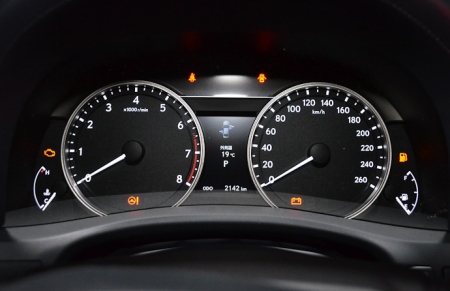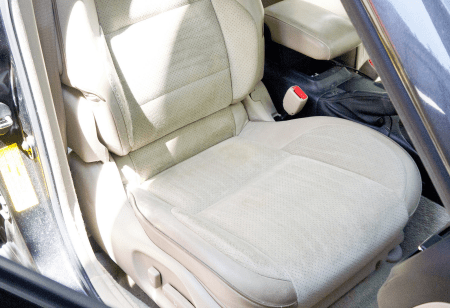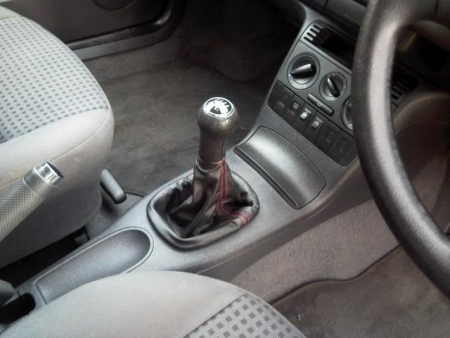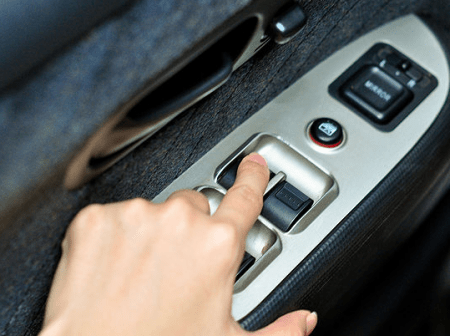
Inspecting the interior of a used car
Following on from our article about how to inspect the exterior of a used car we now turn our attention at inspecting the interior.
When you think about it checking the interior of a used car takes almost as much, if not more so, than the exterior of the car because itís here that youíll will spend most of your time. You can certainly learn a lot about a carís history by looking at its interior thatís if you know what signs to look out for.
As humans, we do tend to have a significant impact on our environment. So, if you find yourself in a car where the owner has spent the last 80,000 miles or so smoking cigarettes and eating crisps then youíre sure to find the signs. Itís signs that we can sniff out no matter how well the car has been cleaned or valeted. In fact, sometimes itís literally a case of ďsniffingĒ out these signs. So, once youíve climbed into the cabin have a good breathe in. If it smells like the bottom of an old canal then itís quite possible that the car has suffered badly with damping Ė if so then walk away.

There are other signs too. The first thing you need to do it check out what it says on the carís odometer. Once youíve got an idea then ask yourself does the interior of the car match the information thatís being displayed. For example, if the seat looks a bit threadbare and tatty and it says 70,000 on the clock then the odds are that itís true. However, if it says 25,000 then something is drastically wrong.
There are more signs, letís take the seatbelts for example. Pull them out to their full extent and they should naturally spring back like a puppy to its mother. If not, then you know itís been used a considerable number of times in its lifespan. Again, if thereís a substantial number of miles on the clock then you would expect the spring back to be less potent.

Aside from the seats itís the steering wheel where one particular part of your body will spend the most time. If the steering wheel is worn and highly polished and youíre looking at a low mileage car then alarm bells should start ringing. Make sure the feel of the wheel corresponds with what you are being told on the odometer. The same rules apply to the gear lever. If itís a tad polished then thatís generally fine but if itís almost worn down to the stump then you need to decide whether this make sense.

One thing you need to make absolutely sure of is that the chassis number matches the engine number. Unsurprisingly youíll find the engine number on the engine itself but the chassis number could be hidden in all sorts of places depending on the car. However, nine times out of ten youíll find the chassis number in the bottom corner of the front windscreen. If you have trouble locating the chassis number then get the owner to show you where it is located or get them to show you in the vehicleís manual.
Thereís one last thing that you can learn an awful lot from when inside the car and thatís from the keys and ignition. If the ignition key isnít the same key that opens the door then walk away. Itís a clear sign that the car may have been broken into and goodness know what has happened to it! Turn the key once and the lights in the instrument cluster should light up. However, not all lights lighting up is a good thing. You need to keep an eye out for any warning lights and see if any of them stay on permanently. If warning lights do not disappear then this could indicate a significant issue with the car which could be expensive to repair.
Make sure you go through everything inside the car and make sure that everything works. You need to pay particular attention to the electrics. So, test things such as the electric windows, wipers, indicators and heater controls.

As with the exterior inspection, by giving the interior of a used car a thorough and detailed examination, youíll be able to conclude as how the car has been treated over its lifespan. Youíll then be in a position to make an informed decision as to whether the used car is right for you.













